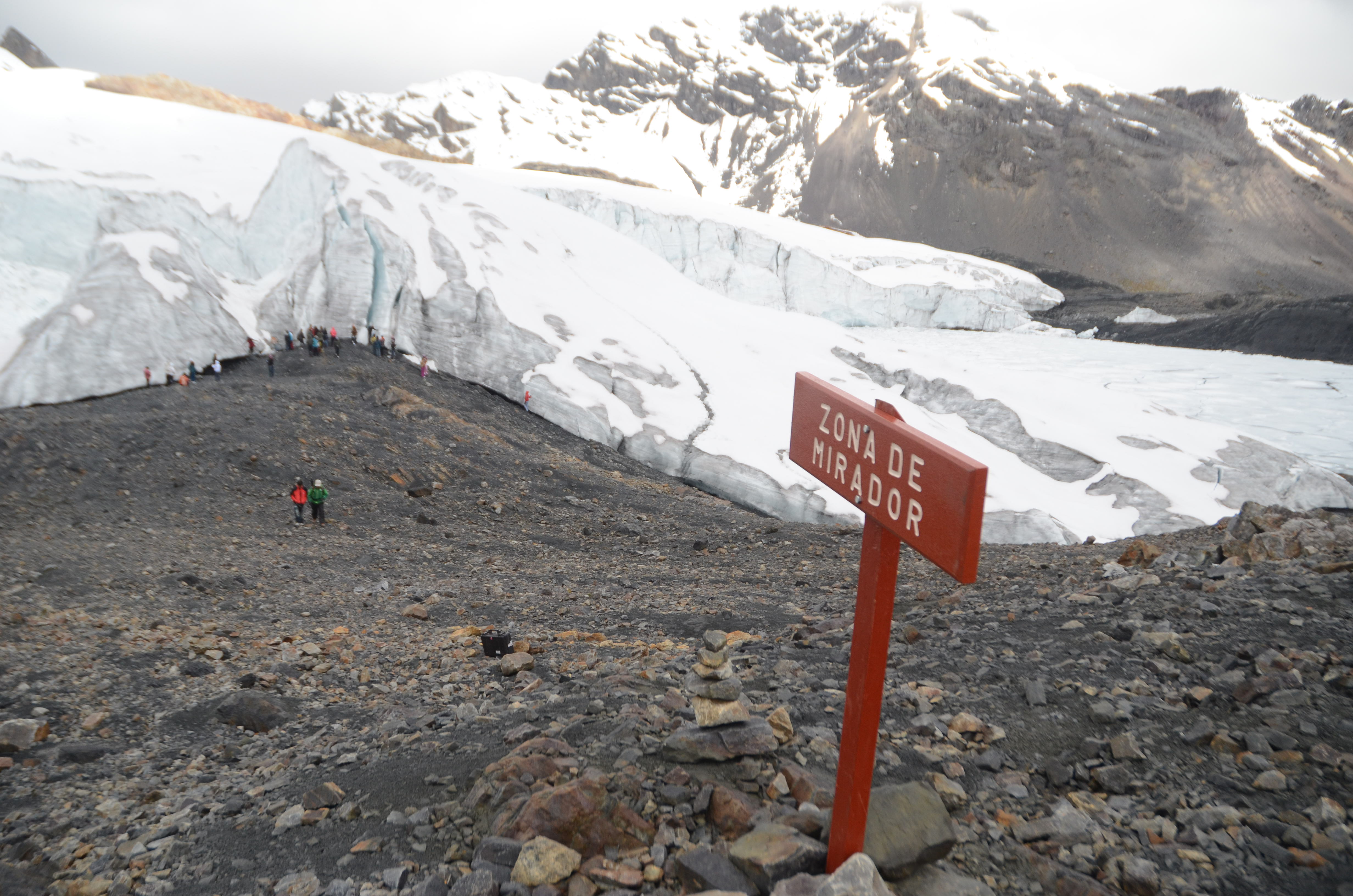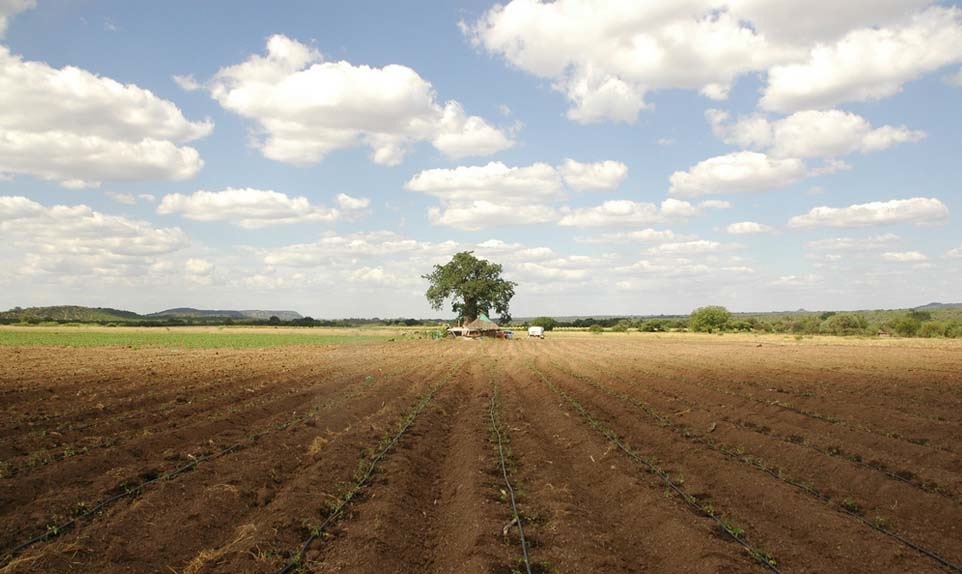
I've never before met anyone as thoroughly optimistic as Peruvian glaciologist Benjamin Morales. I asked him today if his rosy take on life began when he narrowly missed death in 1970. On May 31, 41 years ago, Morales lunched near his home in the town of Yunguay. Despite protestations of friends who had joined him for the meal, he left just before 3 pm, He had promised to drive his mother to another town. At 3:23, a powerful earthquake struck the region. A massive piece of the Huascaran glacier that towered above Yunguay, broke loose and cascaded down a valley. The avalanche carried millions of tons of ice, dirt and rock, moving at nearly 200 miles per hour. Scientists later calculated that the debris flow contained about 2 billion cubic feet of material. Where the valley channeling the flow took a turn, some of the debris leapt the banks and fell directly on top of Yunguay. Apart from a few lucky survivors who ran to high ground, the entire town of 18,000 was buried within seconds.
Morales told me no, that's not why he's so optimistic. He said that his long, successful career (he's 76) has filled him with optimism that will power can overcome difficult challenges. To illustrate, he described a massive public works project he oversaw in the late 1970s. He directed construction of a humongous retaining wall to protect Peru's largest hydroelectric power plant from the threat of a landslide.
The occasion of my chat with Morales was a visit to the Pastoriri glacier, about two-hours in a 4-wheel drive from the mountain city of Hauraz. Pastoriri was once a popular ski slope, Peru's only. Morales says more than 1,000 people visited Pastoriri some days. It attracted tourists from Peru and throughout the world. But about ten years ago Peru's Park Service decided that recession of the glacier it had noticed was caused by skiers. The agency closed the slope to skiing, and visitors stopped coming to Pastoriri. Morales says tourism and the economy of the entire region suffered. But the glacier kept shrinking because the real culprit was global warming. The glacier's area has shrunk by 70 percent in the last 48 years, according to data Morales collected. Today the few visitors who drive the windy road to Pastoriri slog across about a mile of mud and gravel between where skiers used to hop onto the ice and where the glacier now begins. Although the exact amount of melting differs from place to place, virtually all of Peru's glaciers are shrinking fast. Morales conducted surveys of Peru's glaciers in 1960s and 1990s. In the approximately 25 year interval, the country lost 22 percent of its ice. Morales says a new survey is urgently needed. A much smaller study he performed not long ago showed that glaciers in the Cordillera Blanca range had shrunk by 27 percent in 33 years.



